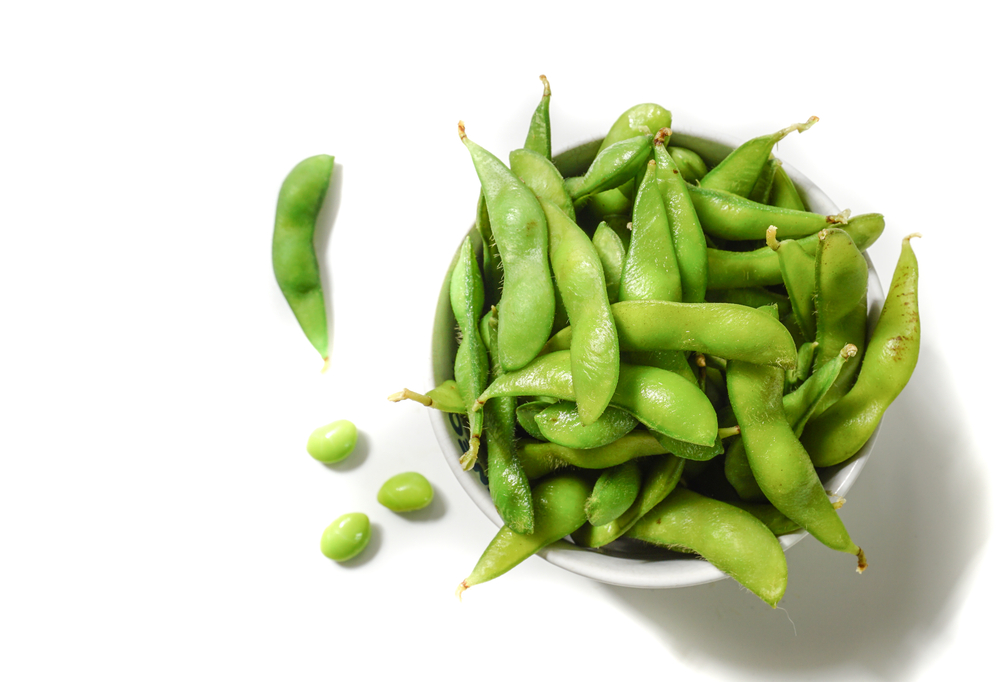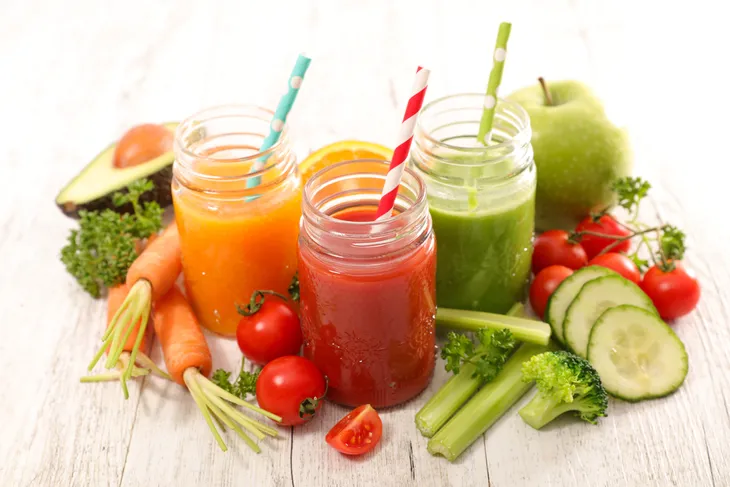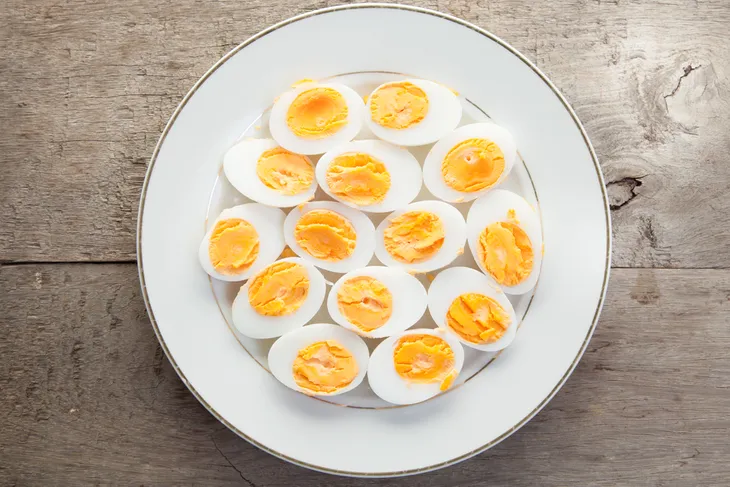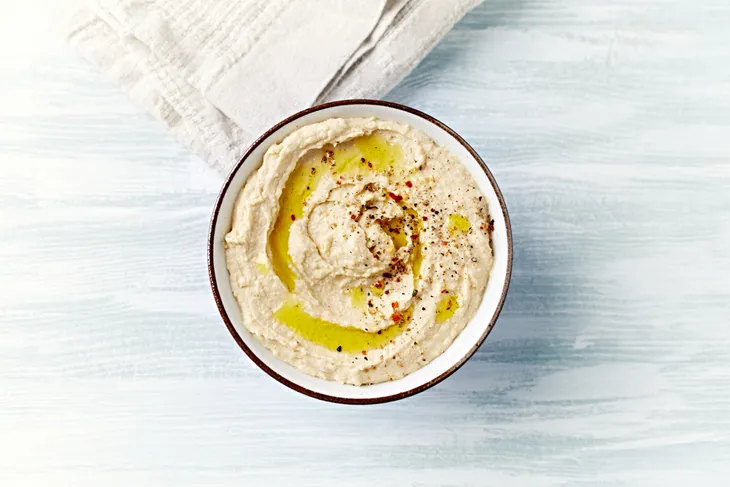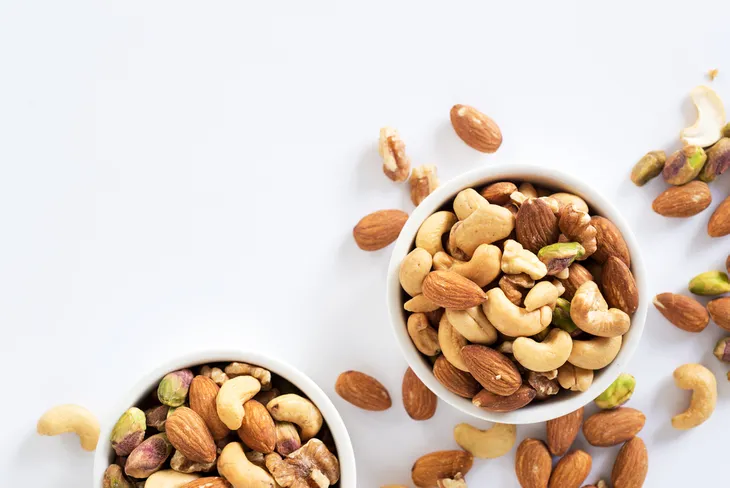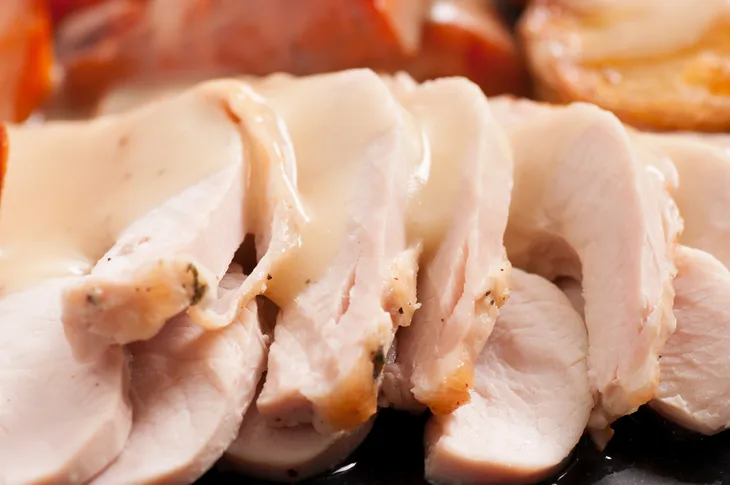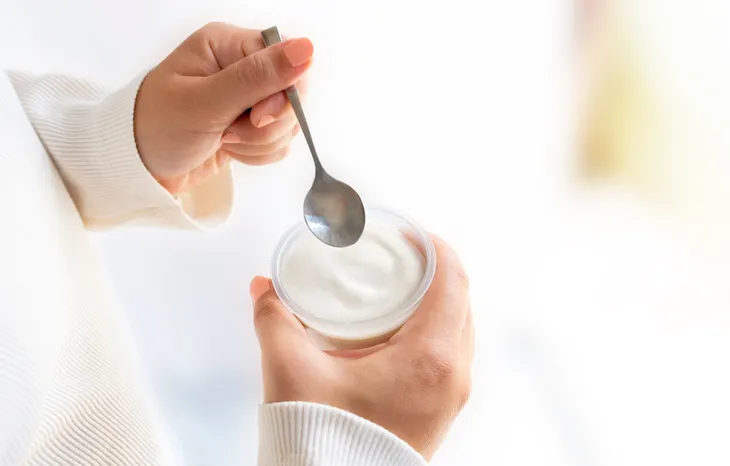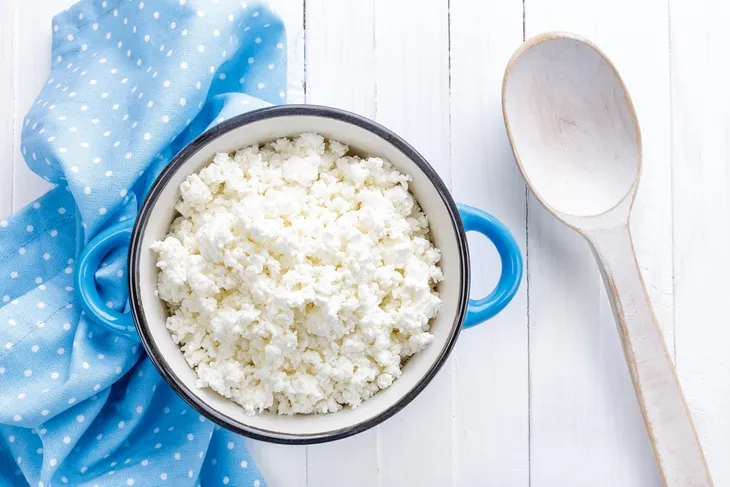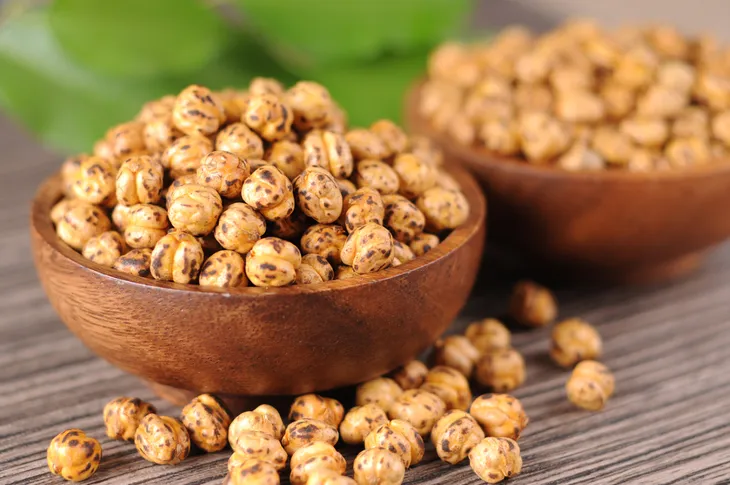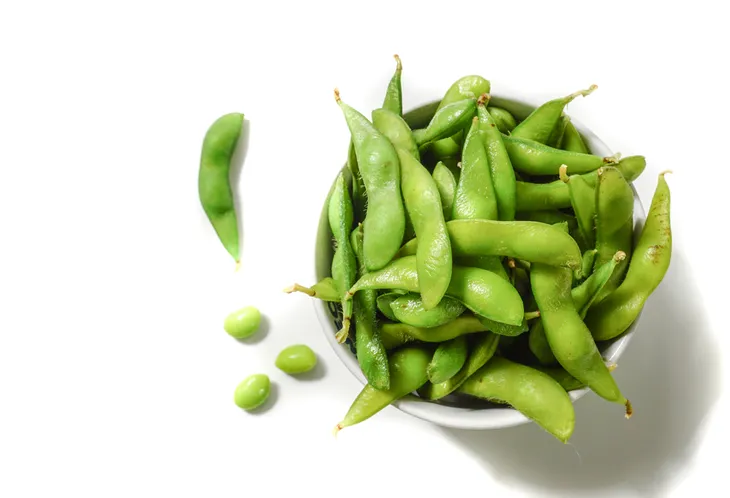Many of us take the often mindless ease of snacking for granted. If you have type 1 or type 2 diabetes, the American Diabetes Association claims that planning is vital for managing your blood glucose and avoiding unnecessary weight gain.
Here are some healthy snacks for diabetics that will help energize and satisfy hunger while controlling your diabetes symptoms…
Want diabetes content delivered straight to your inbox? Sign up for our Diabetes newsletter and receive exclusive news and articles written from our team of diabetes experts.
Fresh Fruit
When it comes to enjoying fresh, seasonal fruits while managing your type 2 diabetes symptoms, WebMD says fruit can help satisfy a “sweet tooth” naturally while providing plenty of satiating fiber.
However, the source also reminds us that fruit contains carbohydrates so people with diabetes need to be mindful of serving sizes, and pair their favorite fruit with some lean protein (i.e., nuts, cottage cheese, or Greek yogurt).
Stovetop Popcorn
I love movie popcorn as much as the next person. However, the tempting smell from the concession stand at the theatre is masking some fairly unhealthy ingredients (i.e., lots of trans fats in butter or margarine).
Instead, make a cheaper, healthier version on your stove at home. Diabetics just need to make sure to eat this snack sparingly as it is starchy. Just heat a little olive oil in a saucepan and toss in some popcorn kernels. Make sure they’re well coated and cover the pot with a sturdy lid over high heat. Leave the lid on until the popping dissipates and add a bit of fresh spices to your bowl.
Smoothies
Now, you likely know the difference between a fresh blended smoothie you can make at home and a ice cream (or fro-yo) version topped with sugary sauces and (gasp) whipped cream that you can get at your local coffee shop.
For the sake of your waistline and blood sugar, the latter version should be avoided by people with diabetes particularly. Blend up a DIY healthy smoothie at home with a small banana, a half-cup of Greek yogurt, and a half-cup of frozen fruit (think berries, mango, or pineapple), a handful of greens (i.e., baby spinach), 1/2-cup of water, and ice cubes.
Guacamole Spread
This heart-healthy fruit (yes, avocado is in fact a fruit) is loaded with dense calories to satisfy your hunger as well as heart healthy monounsaturated fats (MUFAs), which increase HDL cholesterol (the good kind) and have been shown to reduce the risk of cardiovascular disease and stroke in diabetic patients, according to Medical News Today.
I make my guacamole with some fresh spring onion, a minced clove of garlic, chopped tomatoes, a hearty squeeze of lime, and a dash of salt and pepper. Serve with a mix of chopped raw veggies that can serve as crackers and keep the carbohydrate count down–I opt for chopped bell pepper, cucumber, zucchini, and carrots. Or if you’re aching for a hearty crunch, try baking up an array of veggies (i.e., carrot, beet, parsnip) chips versus tortilla chips.
Hard Boiled Eggs
Hard-boiled eggs provide the perfect protein…in a convenient “to go” form, making this an ideal snack for diabetics. Eggs allow diabetic patients to satisfy their hunger pangs with protein without spiking blood sugar.
According to data from the American Diabetes Association, a single egg contains a mere half a gram of carbohydrates compared to packing almost 7 grams of protein. This means an eggy snack won’t spike your blood sugar.
Hummus Dip
If you like your spreads, you can add hummus to your recipe book (along with the yummy guacamole recipe we’ve provided above). However, it’s wise to whip up a batch of your own dip at home just for the fact that many store-bought hummus products can contain a ton of preservatives.
DIY your own hummus by rinsing a can of chickpeas and add them to your food processor. Add some freshly minced garlic, a squeeze of lemon, sesame seeds, and a dash of salt and pepper. Serve with the same array of crudites as the guacamole and make it a dipping party!
Almonds and Other Nuts
According to research, people with diabetes can consider all types of nuts a healthy snack. In any diet, nuts should be consumed in moderation to avoid weight gain. However, nuts provide some pretty impressive health benefits for diabetics, as well as everyone else.
For instance, this Canadian study published in 2007 by the journal, Metabolism, noted that eating almonds lowered the glycemic index of healthy volunteers without diabetes. This research indicates that nuts may slow the carbohydrate absorption of high glycemic index foods (i.e., white bread or pasta) to help stabilize blood glucose levels in diabetics as well.
Chicken Soup
Chicken soup is a great hearty and warm snack – especially for the colder months! Homemade soup is always the best because you can control the type of ingredients going into the soup.
Opt for a low-sodium broth (chicken, vegetable, or make your own from scratch) and add chicken or turkey for some added protein. For additional flavour and added nutrients, add your choice of vegetables such as celery, carrots or onions, and small amounts of noodles, rice or potatoes to make it a little more filling.
Open-Faced Turkey
If you’re looking for something to give you fuel before partaking in some exercise, an open faced sandwich is a perfect option to provide you with enough energy for physical activity.
When choosing grains, it is recommended that you eat whole grain bread or crackers over processed white grains. Top it with a lean protein such as turkey, tuna or chicken. Be mindful of what condiments you choose as many are packed with added sugar. Add a low-sugar condiment such as mustard and sprinkle with extra herbs or spices for added flavour!
Cheese Strings
Cheese strings are a pretty fun snack to eat! They’re also easy to take on the go because of their individual packaging and it’s a great snack for someone with diabetes.
One cheese string alone has less than 1g of carbohydrates and it is almost equal in fat as it is to protein. Cheese strings are great paired with some whole grain crackers, or your fruit of choice.
Yogurt
Not only is yogurt a great lean protein to pair with fresh fruit, it can also be a beneficial snack on its own. The probiotics it contains can help the body to metabolize the sugar in foods, which can help to lower blood glucose levels.
Yogurt is also an excellent source of protein, another nutrient that contributes to the maintenance of healthy blood sugar levels. Due to its particularly rich protein content, Greek yogurt is an especially good snack choice. Just be sure to opt for the plain, unsweetened varieties to avoid added sugars.
Cottage Cheese
Another dairy product that can be paired with fresh fruit or eaten on its own is cottage cheese. Just a half-cup serving packs a serious nutritional punch! According to Heathline, it “provides several vitamins and minerals, in addition to almost 13 grams of protein and only 4 grams of carbs.”
And one study found that cottage cheese might also help to maintain healthy blood sugar levels, largely due to the high amounts of protein it contains. If you choose to opt for regular (instead of low-fat) varieties, the source adds, “…you’ll also take advantage of the blood-sugar-lowering properties of fat.”
Roasted Chickpeas
Another high protein snack for managing type II diabetes is chickpeas. Also known as garbanzo beans, these legumes contain a whopping 15 grams of protein per 1-cup serving. Additionally, the same serving size boasts 13 grams of fiber. Both nutrients have been found to help control blood sugar levels.
While chickpeas can be consumed in a variety of different ways—including using them to make hummus, as was mentioned earlier, or in salads and curries—you can also roast them until crunchy by tossing them in olive oil and your preferred spices for a delicious and healthy on-the-go snack!
Black Bean Salad
Another type of legume for people with diabetes to fill up on between meals is the black bean. Like chickpeas, black beans are rich in nutrients like protein and fiber, which not only help to control blood sugar levels but can also lower insulin levels after eating a meal.
TheDailyMeal.com suggests using them to make a salad by combining a 15-ounce can (low sodium, rinsed and drained) with chopped tomatoes, cucumber, green bell pepper, and avocado. To season, mix two teaspoons of fresh lime juice with ¼-teaspoon of garlic powder, and your preferred amount of salt and pepper.
Edamame
Yet another variety of bean that diabetics can nosh on is edamame. If you’ve never heard of them before, edamame are young, green soybeans that have yet to ripen and are still in their pods, which makes them convenient for snacking on.
As with chickpeas and black beans, edamame contains plenty of protein and fiber. Just a 1-cup serving offers 17-grams of protein and 8-grams of fiber. In addition to helping lower blood sugar levels, they may also improve resistance. Try eating them plain after steaming, or tossing the pods in your favorite seasonings for added flavor.
